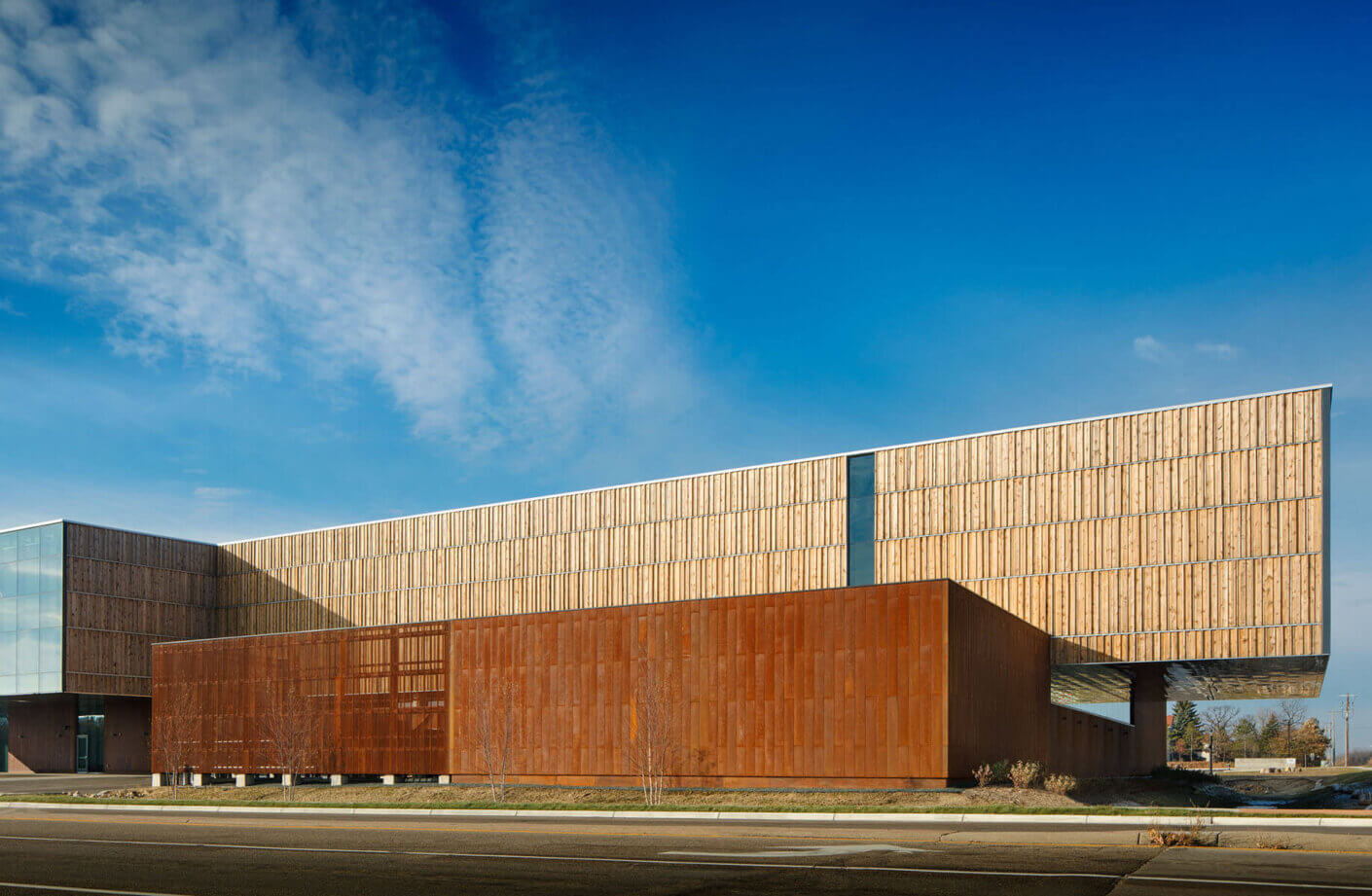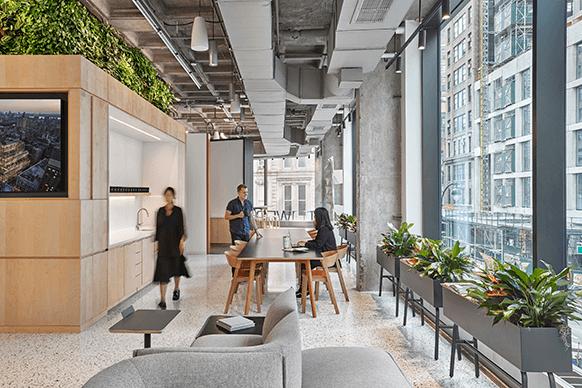The common thread I observed through many of the presentations, and what is evident on my current project, is that the archaic notion of the master builder has fallen to the wayside. Impactful design is about integrative collaboration—this approach has become more prevalent over the past few years, but credit is never really attributed to the full team who facilitate the design and construction process.
Presenters at FTI spoke to the notion of the entire team as the designer. No longer is the architect the end all be all. Handing-off 2D drawings and dictating to the fabricator how to detail the assembly and attempting to tell the contractor how to build has fallen away. The architect is now part of a team; this team is composed of experts in their field or trade. Various team members lead the efforts at various times, depending on where the design is at that particular time.
Of most importance to note, through all the presentations the design intent was never lost, only enhanced and executed at a more refined level. Integrative façade design teams comprise the architect, the client, the fabricator, and, depending on the team, the construction manager and installer (inclusive of construction workers). All team members utilize modeling tools to increase optimization through repetition as needed to create unique facades that do not yield unnecessary cost overruns or excessive unique conditions. Another notable observation is that the fabricator of the façade is always involved early on, whether in SD or DD allowing for the design to be delivered in a way as to not compromise the design intent–but with cost and performance in mind. Essentially, the partnership of integrative façade design teams has eliminated the master builder concept and all parties benefit using collaborative modeling for efficient shop drawings and eventual fabrication and construction. This is by no means a suggestion to continue to give away aspects of our profession. Rather, this allows designers to stay in control of design through the end of the construction phase in a collaborative way.


